14 of the top 20 ladies and 17 of the top 20 pairs represent Asia so by default the Asian Games showcase the best, yet women’s badminton in general suffers from an image of being overly predictable, especially when Europeans are not part of the mix. Players from China dominate world badminton and it is truest in the women’s disciplines. Still, there are delights to be found if you can recognise who the underdogs are and also the particular qualities of the competitors in these two disciplines, as our preview specialist Aaron Wong educates us.
Photos: Badmintonphoto
Beneath the Surface
Women’s badminton has to be appreciated on its own terms separate to the men’s disciplines.
Traditionally the way it has worked for the ladies is that the top 10 are a cut above the rest and within the top 5 there is a class difference too. World #1s have been known to deliver 11-love scorelines to world #2s. But with the rally point system firmly in place now and a refreshing of the Chinese names on the scene since the Olympics, the playing field amongst the top 20 is somewhat more open to new conclusions, all in all, with experience, or lack thereof, ultimately being the deciding factor.
For the first time in a long time (in no small part due to double Olympic gold medallist and World Champion Zhang Ning’s international career spanning 1994 to 2008) the singles contest is amongst women of small to average Asian female build, with only one exception out of the eight seeded players. This gives way to more athleticism as opposed to genetic advantage on display, and a great example of commitment to court coverage and reaching every shuttle is Eriko Hirose (pictured) of Japan.
The difficulty of beating a Chinese player remains ever present. China possesses amazing breadth and depth of talent, and players get to practice at their very high level day in day out whereas the rest taste that level only at tournaments.
Singles: A new Gong Zhichao?
History seems to be repeating itself. There was another time when the Chinese women’s singles scene boasted a powerful and imposing world #1 in contrast to a petite world #2 also their own, and the smaller athlete went on to steal the limelight and eventual grab the top prize of Olympic Gold. They were Ye Zhaoying and Gong Zhichao respectively circa 1997 to 2000. In the present, Wang Xin, who is 5 inches shorter than Wang Yihan, through a series of consistently excellent results during and since the Uber Cup has deservedly overtaken her compatriot in international ranking and in the eyes of China’s selectors.
With the 2 candidates they are allowed, China put forward as usual one proven quantity (Wang Xin) and one youthful talent (Wang Shixian). The rise and rise of both Wangs into the top 5 in little over a year means they don’t have experience in abundance which is an aspect where opponents can capitalise just as the Koreans were able to at this year’s Uber Cup where China fielded all debutantes in the final encounter.
Wang Xin and Wang Shixian (pictured top) are seeded 1st and 3rd respectively and fall into either halves of the draw thus do not cancel out each other any time before the final. Wang Xin holds a 5-1 win record over Wang Shixian, and a final featuring both is interesting from the angle that new world #1 Wang Xin is still getting comfortable with being the one chased whereas Shixian is used to her underdog status.
An example of feeling the pressure of holding a high world ranking, India’s Saina Nehwal, who also reached world #2 just ahead of the recent World Championships, did not live up to her billing and she can make amends here. She has beaten neither Wang, and her earlier hurdle is Shixian.
Early Singles Matches to Watch
A first round match with feminine grace and prowess on display is Adriyanti Firdasari of Indonesia versus Thailand’s Salakjit Ponsana (pictured), the latter coming off an impressive win over former world #1 Tine Baun last week.
There are two possible Korea versus China quarter-finals. Coincidentally, each would be a repeat of the first Super Series win of the year and first Super Series final ever for the Chinese and Korean player, respectively. My pick for the more interesting, because of the height and style differences would be a Korea Open final rematch between Sung Ji Hyun and Wang Shixian. If Sung can string together a consistent performance at her best level, it will be riveting. If not, at least there will be some unbelievably sharp and unreachable cut drops for Wang to stare at and slow down her march towards 21.
Doubles: Only the very experienced need apply
The task in this women’s doubles draw is to take the title chances off China’s 5th seeds Wang Xiaoli / Yu Yang (pictured). This is not to say the title is theirs but to state the size and shape of the problem that the other pairs must find a solution for. Again it seems, China has founded an almost invincible coupling made up of a dual mixed and level doubles player partnering a doubles specialist.
To further illustrate the class of the new Wang/Yu pairing that has been around only since the China Masters in mid-September, their compatriots Cheng Shu / Zhao Yunlei, ranked world #2, have lost to either Wang or Yu every time (3x) they met in a final this year, including once to this new combination.
The world #1 and top-seeded Taiwan pair Cheng Wen Hsing / Chien Yu Chin face a terrible draw. Despite their record this year of 12 semi-finals resulting in 3 titles, they are in danger as soon as the first match, which is Zhang/Zhang of Macau and surviving that, their second hurdle is none other than Wang/Yu. You could argue that the Taiwanese are both mixed doubles players too and ought to be able to withstand the attacking power but there has only been one instance of mixed specialists winning a women’s doubles major against the Chinese, which was Marissa/Natsir, and the Indonesians are world #1 or 2 mixed standard whereas the Cheng/Chien are nowhere close.
Korea’s Uber Cup heroines Lee Kyung Won / Ha Jung Eun (pictured), seeded 8th, and Lee Hyo Jung / Kim Min Jung, like the Chinese, also feature in either half of the draw and are likely semi-finalists. These Asian Games are Lee Kyung Won’s swan song to her international career. Her presence will be a significant contribution as the key to winning this title or defeating Wang/Yu requires at least one very experienced player who has the skills to attack with penetration, defend with flair, engage in rallies for at least 20 to 30 strokes and also have the patience to judiciously apply the aforementioned powers. The Japanese pairs, though highly ranked, lack reliability in these departments when facing the Chinese.
The Singaporeans Sari/Yao who were champions in their own Super Series are an outside medal chance.
Early Doubles Match to Watch
Round 2: Cheng/Chien (TPE) vs Zhang/Zhang (MAC)
Round 2: Shendy Puspa Irawati / Nitya Maheswari (INA) vs. Wang Xiaoli / Yu Yang (CHN)
Which National Anthem?
Rather than strum a mainstream tune about China sweeping both categories, I insert a chord change to remind us of Korea’s Uber Cup triumph earlier this year as a result of relying heavily on the experience and determination of their women’s doubles fixtures. And if you are old enough and not too cynical to remember, a bit over a decade ago Kanako Yonekura of Japan was a most unlikely Asian champion. Against the odds on paper of anyone outside the top 10 having a chance as well as on the day being totally outclassed 1-11 in the first game, she managed to bring down China’s mighty Gong Zhichao.
Just like Daytona Race cars, significantly more petrol and courage is burnt to stay slightly in the lead of someone chasing you the whole time. If you are able to stay on your opponent’s back bumper all the way you can wear them out. This strategy works against anything but an inspired opponent, and it’s worked for Korea and for Yonekura.
To appreciate the women’s game, don’t discount that a different national anthem than expected could be playing at the end of the games — it does happen. After all, the current world #1 women’s doubles pair are Taiwanese and world #3 singles is Indian (Saina Nehwal, pictured), and players with lesser odds have converted before.
![ASIAN GAMES 2010 WS/WD Preview – Who can test China? 14 of the top 20 ladies and 17 of the top 20 pairs represent Asia so by default the Asian Games showcase the best, yet women’s badminton in general suffers […]](http://www.badzine.net/wp-content/uploads/Newsflash-thumbnail.png)
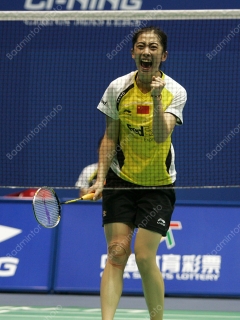
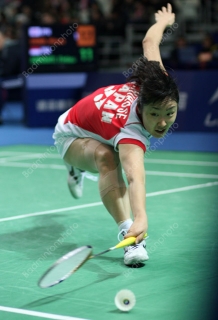
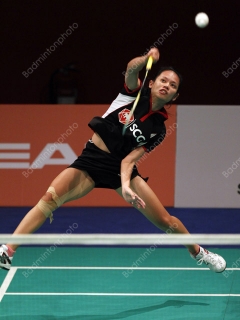
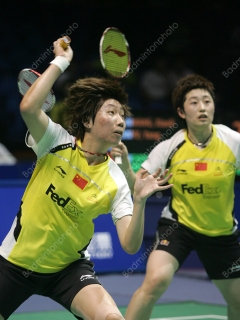
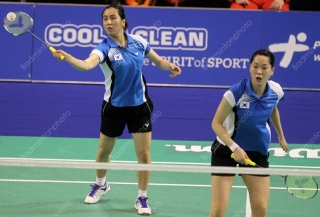
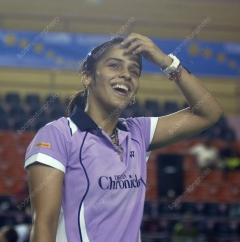

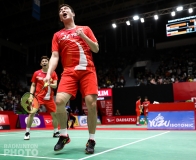
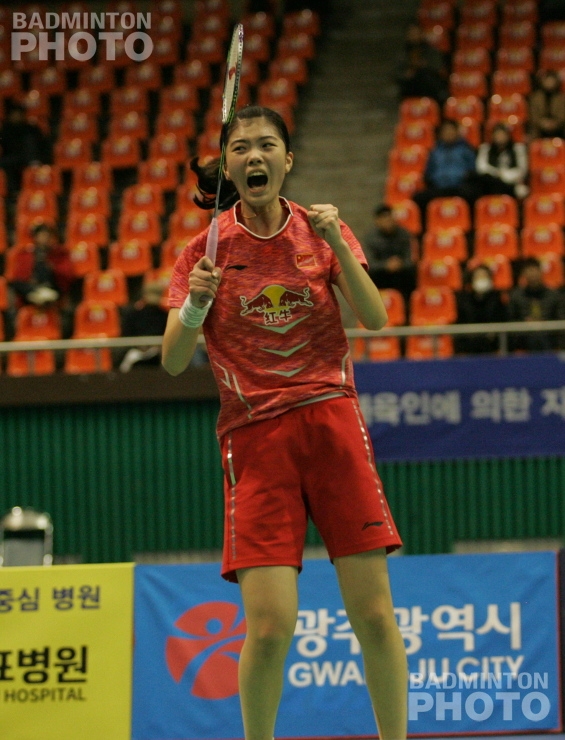
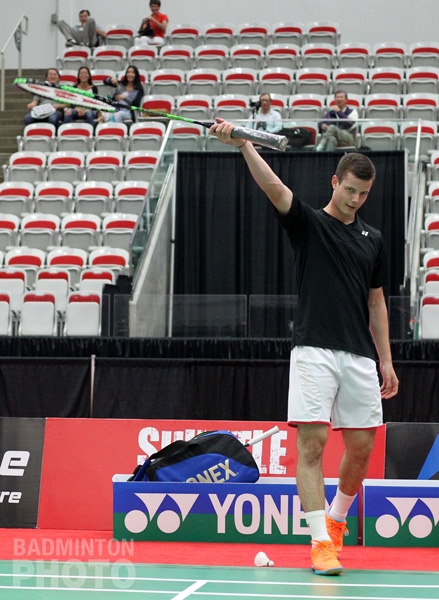
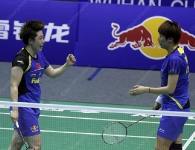
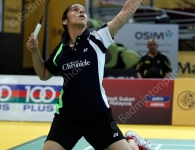
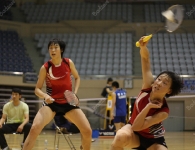
Leave a Reply